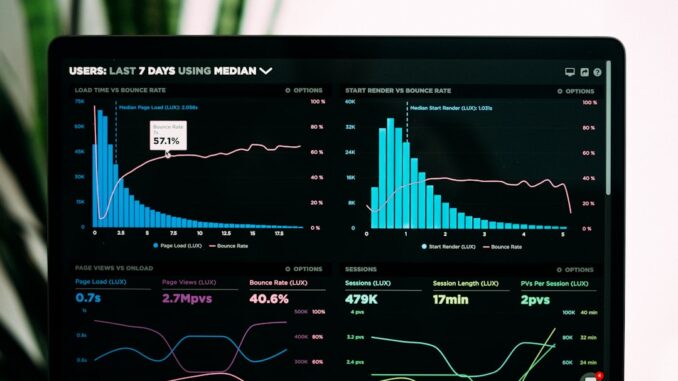
In today’s digital age, hospitals are prime targets for cyberattacks aiming to steal sensitive patient information and disrupt critical services. The Cybersecurity and Infrastructure Security Agency (CISA) has introduced guidelines to help healthcare organizations combat these threats, recommending measures such as multi-factor authentication, inventorying online network assets, and controlling employee access to sensitive information. (axios.com)
Implementing a Zero-Trust Architecture
A zero-trust architecture operates on the principle that no one, whether inside or outside the network, is trusted by default. Every access request is verified through identity management and continuous authentication. This approach ensures that only authorized users and devices can access sensitive data, minimizing the risk of unauthorized access. (hospitaltraders.com)
Safeguard patient information with TrueNASs self-healing data technology.
Conducting Regular Security Audits
Regular security audits are essential for identifying vulnerabilities and ensuring compliance with industry standards. Hospitals should perform vulnerability scans, penetration testing, and compliance audits to proactively address potential threats. Involving security professionals, biomed, and clinical engineering staff in the audit process ensures that both traditional and connected care workflows are considered. (dataprise.com)
Providing Comprehensive Staff Training
Human error remains a leading cause of data breaches in healthcare. Regular cybersecurity education for employees is crucial, emphasizing the importance of protecting patient data and the potential risks associated with cyberattacks. Training sessions should cover topics such as threat identification, best practices for handling sensitive information, and reporting suspicious activities. By empowering employees with the knowledge and skills to identify and prevent cyberattacks, healthcare organizations can create a security-conscious culture and reduce the likelihood of data breaches. (dataprise.com)
Encrypting and Backing Up Data
Encrypting patient data, both at rest and in transit, ensures that even if data is intercepted or accessed by malicious actors, it remains unreadable without the decryption keys. Regular backups are essential to safeguard against data loss, with backups stored securely, preferably off-site or in a secure cloud environment. (syteca.com)
Implementing Strong Access Controls
Role-Based Access Control (RBAC) ensures that employees only have access to the information necessary to perform their job functions, minimizing the risk of unauthorized access and data breaches. Enforcing mandatory multi-factor authentication (MFA) for all users accessing sensitive data adds an extra layer of security, ensuring that even if cybercriminals steal login credentials, they won’t be able to easily gain access to critical systems. (syteca.com)
Securing Connected Medical Devices
Connected medical devices play a significant role in modern healthcare but can also pose cybersecurity challenges. Hospitals should implement access controls on these devices to ensure the security of patient data, requiring clinicians to use credentials such as usernames and passwords before accessing a connected medical device. Regular updates and monitoring of these devices are essential to prevent vulnerabilities. (dataprise.com)
Developing a Comprehensive Incident Response Plan
Having a detailed incident response plan in place for responding to data breaches and security incidents is crucial to minimize the impact of a cybersecurity incident. The plan should outline the steps to take in the event of a breach, including communication protocols, containment measures, and recovery strategies. (strongdm.com)
Ensuring Compliance with Regulations
Staying compliant with healthcare regulations such as HIPAA, HITRUST, General Data Protection Regulation (GDPR), and others relevant to your location and operations is essential to maintain compliance and protect patient data. Regularly reviewing and updating security policies and procedures ensures ongoing compliance with industry standards. (strongdm.com)
By implementing these strategies, hospitals can significantly enhance their cybersecurity posture, protecting sensitive patient data and maintaining the trust of their communities.
References


Regarding staff training, how often should simulations of cyberattacks be conducted to test employee responses and identify areas needing improvement? What metrics would effectively measure the success of these training programs?
That’s a great point! Finding the right frequency for cyberattack simulations is key. I think quarterly simulations, combined with regular phishing tests, strike a good balance. As for metrics, tracking the click-through rate on phishing emails before and after training, along with the time to report suspicious activity, can give a good indication of program effectiveness. What are your thoughts?
Editor: MedTechNews.Uk
Thank you to our Sponsor Esdebe
Given the interconnected nature of medical devices, what strategies beyond access controls are most effective in preventing lateral movement by attackers who may have initially compromised a single device?